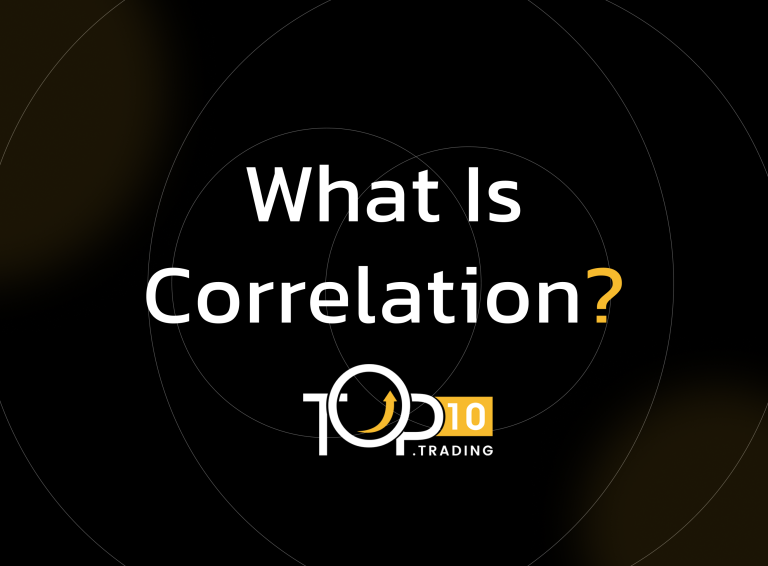Correlation Definition

Correlation is a statistical measure that evaluates the relationship between two variables, specifically how they move in relation to one another. In financial markets, correlation is used to analyze the price movements of different assets, such as stocks, currencies, commodities, or indices. It helps traders and investors understand how one asset’s performance might influence or be influenced by another.
Key Takeaways
- Correlation measures how two assets move relative to each other and is quantified by a coefficient ranging from -1.0 to +1.0.
- Positive correlation means assets move together; negative correlation means they move in opposite directions; zero correlation means no relationship exists.
- It is essential for risk management, portfolio diversification, and identifying trading opportunities.
- While useful, correlations are not static and should be analyzed alongside other factors for informed decision-making.
Understanding Correlation in Trading
Correlation is expressed numerically as the correlation coefficient, which ranges from -1.0 to +1.0:
- +1.0 (Perfect Positive Correlation): Two assets move in the same direction at the same rate. For example, gold and silver often exhibit a strong positive correlation.
- -1.0 (Perfect Negative Correlation): Two assets move in opposite directions. For instance, the U.S. dollar and gold often have a negative correlation.
- 0 (Zero Correlation): No relationship exists between the movements of two assets; their price changes are independent.
For example, if large-cap mutual funds have a correlation coefficient of +0.9 with the S&P 500 index, their prices tend to move almost in lockstep with the index. On the other hand, put options and their underlying stock prices typically exhibit a negative correlation because put options gain value when stock prices fall.
Types of Correlation
- Positive Correlation: Assets move in the same direction.
- Example: EUR/USD and GBP/USD currency pairs often rise or fall together due to shared economic drivers like interest rates.
- Negative Correlation: Assets move in opposite directions.
- Example: When the U.S. dollar strengthens, gold prices often decline because gold becomes more expensive for holders of other currencies.
- Zero Correlation: Assets move independently.
- Example: Oil prices and tech stocks may have no meaningful relationship.
Importance of Correlation in Trading
- Risk Management: Helps avoid overexposure by identifying assets that are too closely correlated.
- Portfolio Diversification: Investors can reduce risk by combining negatively correlated or uncorrelated assets.
- Hedging Strategies: Traders use negatively correlated instruments to offset potential losses.
- Identifying Opportunities: Temporary breakdowns in correlations (divergences) can signal trading opportunities.
How to Measure Correlation
- Correlation is calculated using historical price data and statistical formulas. A common tool is the correlation matrix, which displays correlations between multiple assets over a specific timeframe.
- For example:
- A correlation coefficient close to +1 indicates strong alignment.
- A coefficient near -1 signals strong opposition.
- A coefficient near 0 suggests no meaningful relationship.
Advantages of Using Correlation
- Improves portfolio construction by balancing risk and reward.
- Helps traders predict price movements based on related assets.
- Provides insights into market behavior during different economic conditions.
Limitations of Correlation
- Dynamic Nature: Correlations can change over time due to market conditions or external factors like geopolitical events.
- No Causation: A high correlation does not imply that one asset causes the movement of another; it only indicates association.
- Over-Reliance Risk: Solely relying on correlation without other analysis tools may lead to poor decisions.
- By understanding correlation, traders can better manage risk, refine strategies, and capitalize on relationships between financial instruments across global markets.
